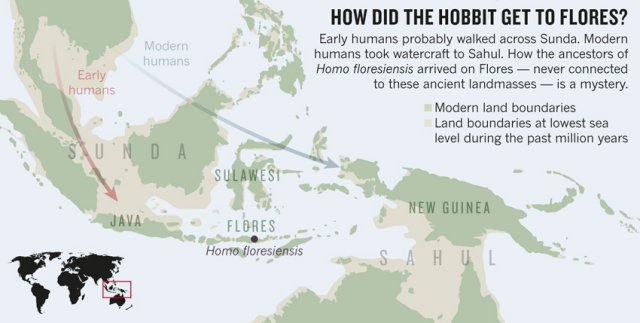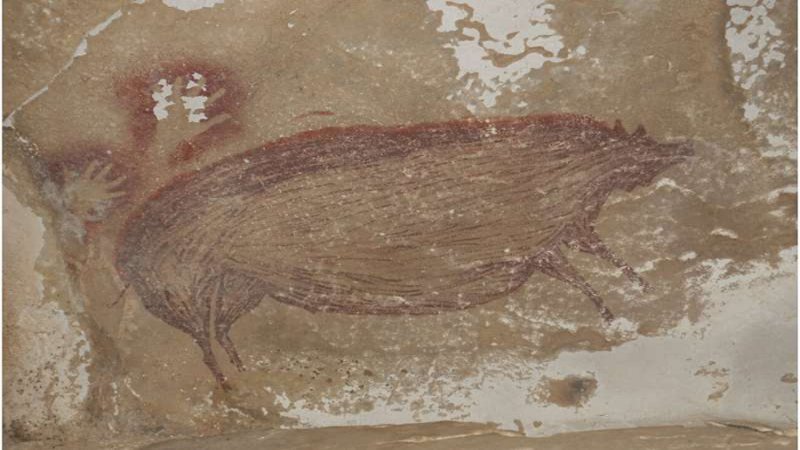Ancient Fire Discovery Might Solve The Mysterious Disappearance Of Hobbits
MessageToEagle.com – The mysterious disappearance of Hobbits is still puzzling scientists.
These strange, very tiny – only three feet tall as full grown adults have been a subject of great controversy for a number of years.
Homo floresiensis known as the Hobbits, nicknamed after the short, humanoid creatures in JRR Tolkien’s Lord of the Rings saga were first discovered in the large, cathedral-like Liang Bua (“meaning ‘cool cave’ in the local Manggarai language”) cavern on the 220-mile island of Flores, Indonesia.

Many researchers have tried to cast more light on the true identity of the Hobbits. Some researchers suggested that the Hobbits were not human. Some scientists even argued Homo floresiensis was a diseased modern human.
Many scientists proposed the species shrank in size after becoming stranded on Flores in Indonesia, possibly after a natural disaster. Not long ago, researchers declared the Hobbits are 600,000 years older than previously thought.

Despite many studies there is still a lot we do not know about this ancient species. We know that they lived on the Indonesian island of Flores, but how and why did they disappear?
A new discovery might now shed more light on the story. Scientists have found crucial evidence of the ancient use of fire at Liang Bua 41,000 years ago. The find narrows the gap between the last hobbits (Homo floresiensis) and the first modern humans who appeared at the site.
According to Dr Mike Morley, a research fellow and geoarchaeologist at UOW’s Centre for Archaeological Science (CAS) the find is “extremely important” in the quest to discover why and how the hobbit disappeared, around 50,000 years ago.
See also:
New Light On The Mysterious Hobbits – Discovered Teeth Suggest Hobbits Were A Separate Species
Controversial Theory Suggests “Hobbits” Were Not Human
Four Other Humans Species Lived Alongside Modern Humans – New Study Suggests
Mysterious Ancient Hobbits Are 600,000 Years Older Than Previously Thought
Dr Morley and colleagues, including CAS geoarchaeologist Professor Paul Goldberg and archaeologist Thomas Sutikna, were able to fill that gap, detailing environmental changes at the site between 190,000 and 20,000 years ago and revealing something rather unexpected: physical evidence of fire places that were used between 41,000 and 24,000 years ago, most likely by modern humans for warmth and/or cooking.
“We now know that the hobbits only survived until around 50,000 years ago at Liang Bua. We also know that modern humans arrived in Southeast Asia and Australia at least 50,000 years ago, and most likely quite a bit earlier” Dr Morley said.
“This new evidence, which is some of the earliest evidence of modern human activity in Southeast Asia, narrows the gap between the two hominin species at the site.”

Given that no evidence for the use of fire by Homo floresiensis during roughly 130,000 years of presence at the site has been found, Dr Morley said modern humans are the most likely candidates for the construction of the fire places.
“Finding the fire places in such an excellent state of preservation allows insights into the behavior of these people,” he added.

The researchers are now searching for more evidence that further closes that gap in time; evidence that could place modern humans at exactly the right place, at the right time, possibly revealing an overlap between the two species, which could have led to interaction between the two species and ultimately the hobbit’s extinction.
MessageToEagle.com










